Caravan Panama Tour

I flew in early in the morning from Guatemala City (I had just taken a Caravan tour of Guatemala) on Copa Airlines, a 2.5–hour flight. I was to start a tour of Panama, also a Caravan tour. This is a map of where we would be going on our visit to Panama.

Caravan Panama Tour
Panama City
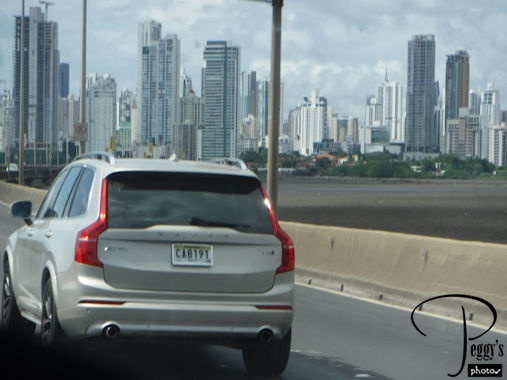
Day 1: After just being in Guatemala City, by seeing all these skyscapers–– Panama City has about 250 of them––I felt like I had gone from the Third World to the First World.

Panama City
Marriott Courtyard
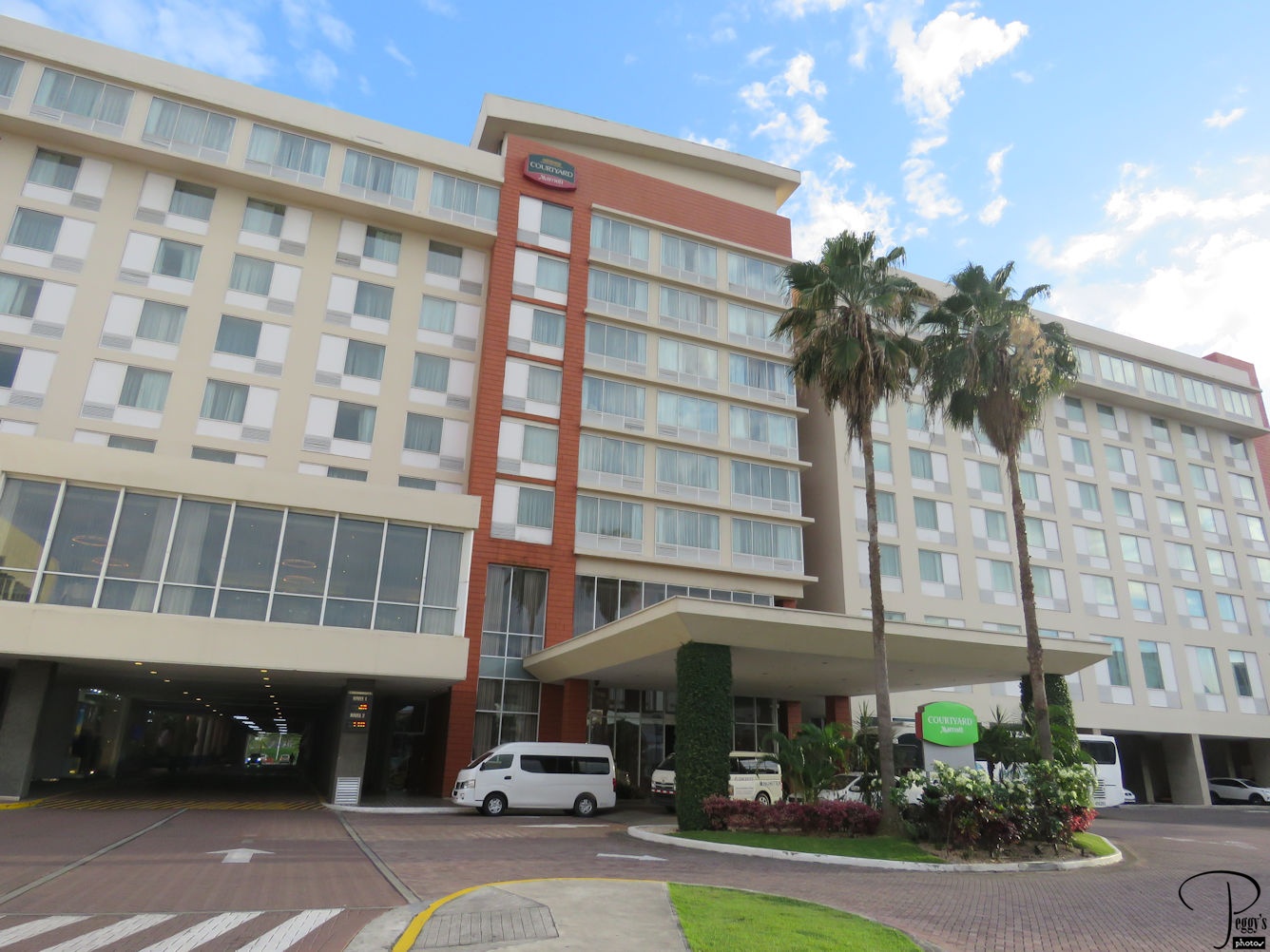
We were staying at the Marriott Courtyard in Panama City. My tour director, Yani, met me when I arrived and told me that she had my room ready even though I was arriving early.

Marriott Courtyard
Multiplaza Mall
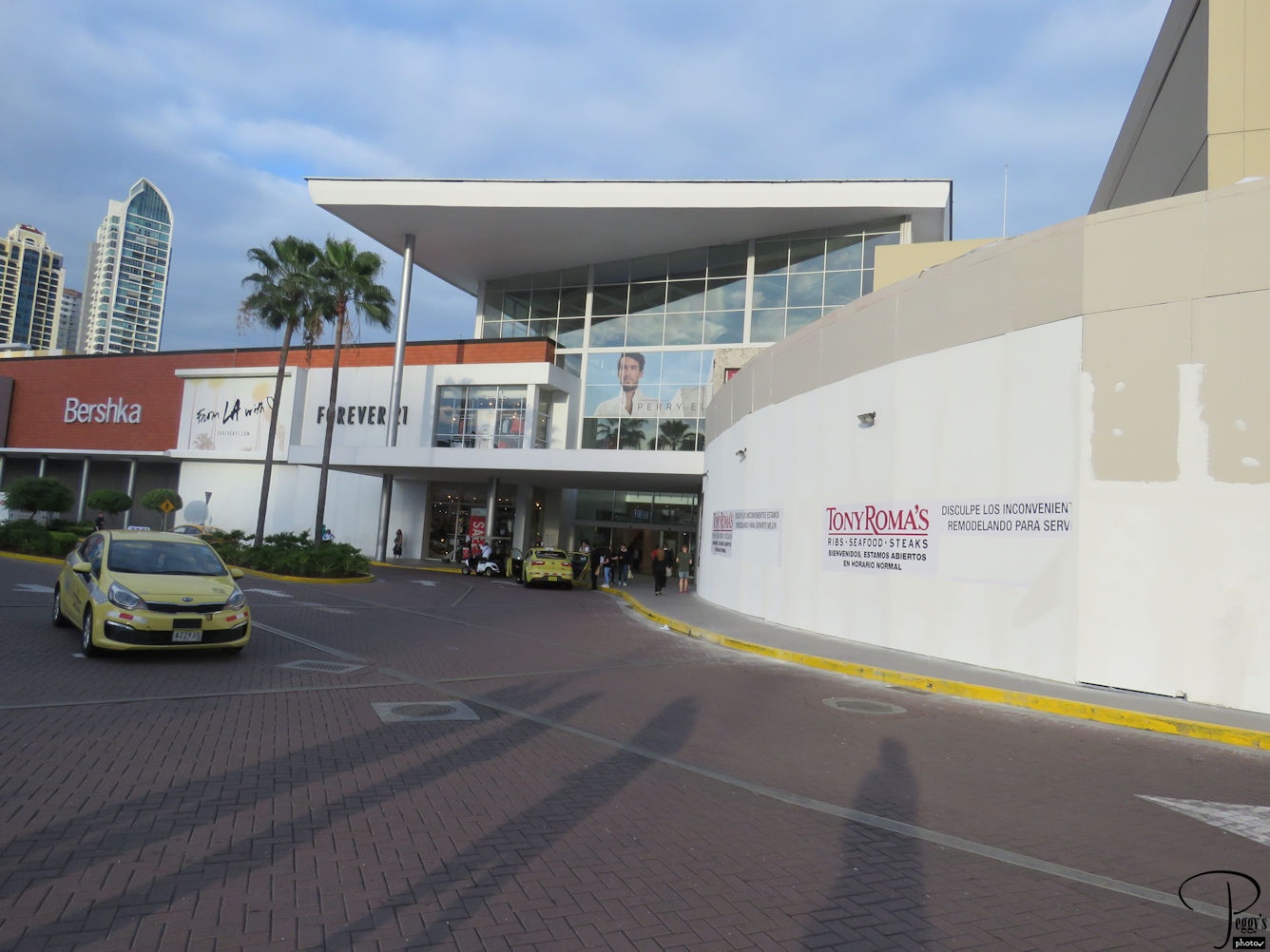
Our hotel was next to the huge Multiplaza Mall that had the stores, including designer stores, that you would find in the U.S. (The Panamanian dollar is set 1:1 with the U.S. dollar and U.S. dollars can be used throughout Panama, so it is easy to know what an item costs.) As I arrived too early for lunch to be provided (all meals starting with dinner this night were included on the tour), I was planning to eat lunch there. But, instead, as I had left my Guatemala City hotel at 5 a.m., I took a very needed nap and missed lunch. I also had tripped over a rock on my second day in Guatemala, bruising my rib cage and a knee, both of which still hurt, so just doing little of anything for the rest of the day was a treat.

Multiplaza Mall
Forever 21
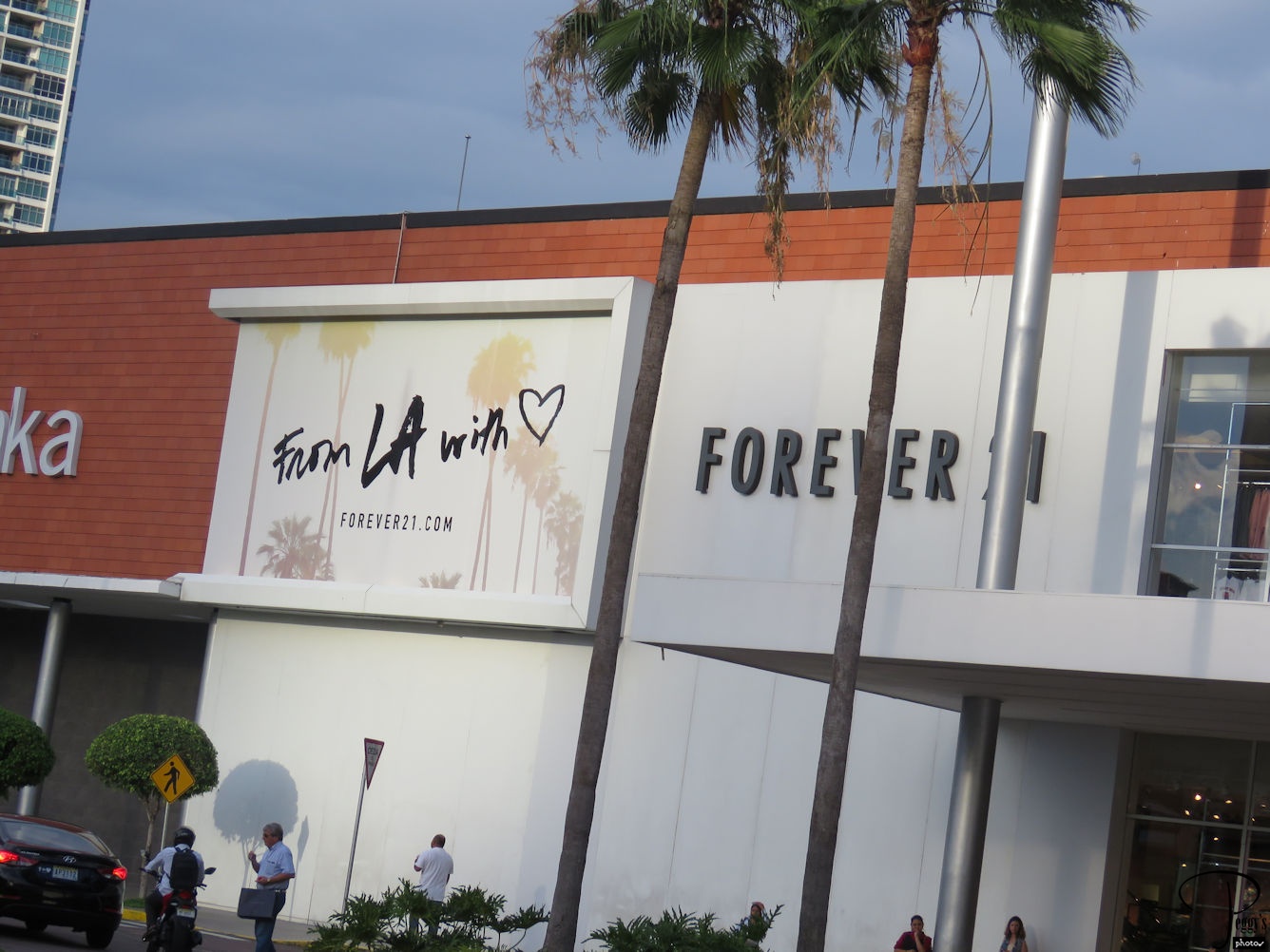
I never did make it to the inside of the mall, but I liked the “From LA with ‘Love'” sign on it as I am from Los Angeles.

Forever 21
“From LA with ‘Love'”
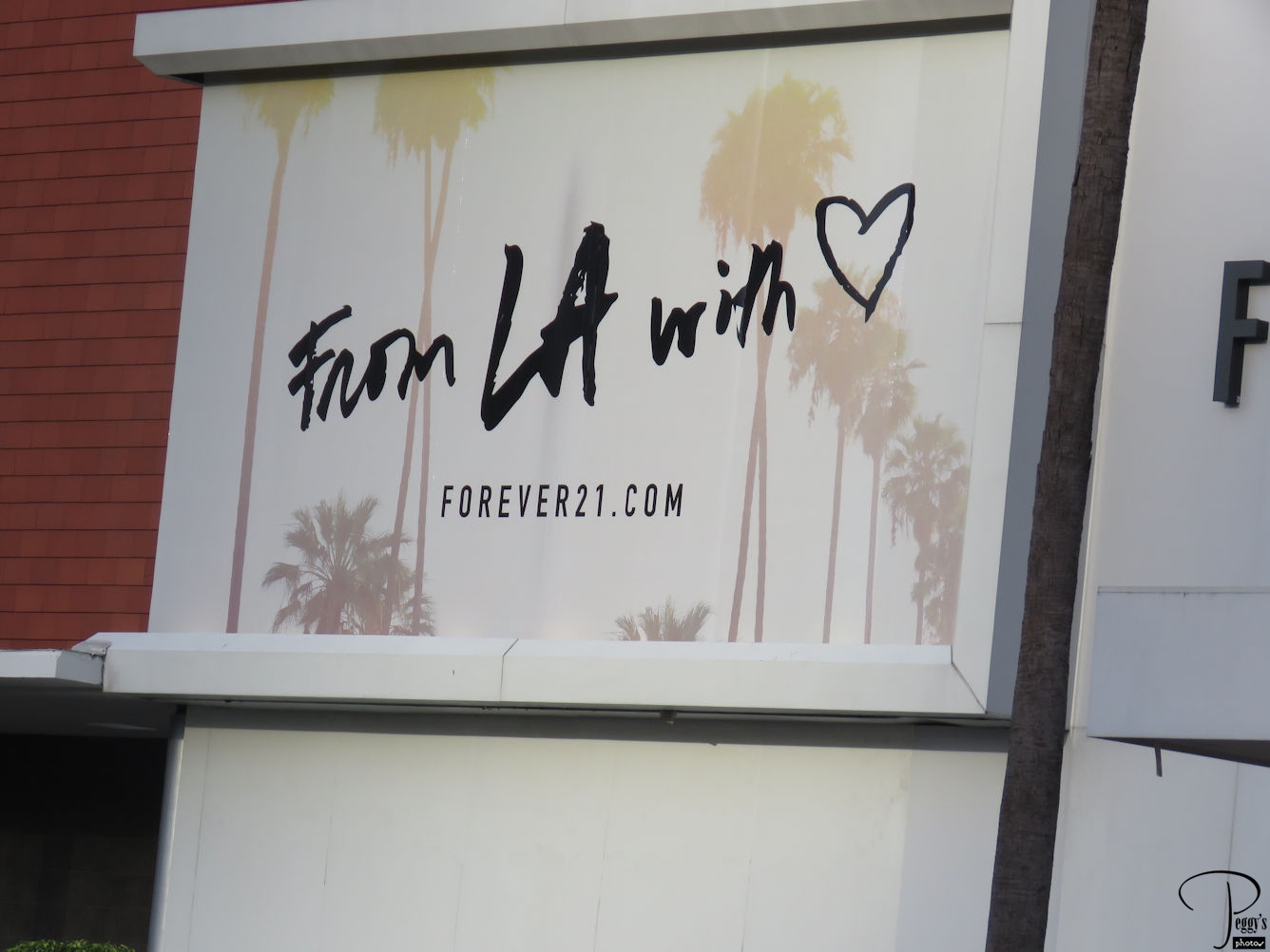
Close–up of the sign. We had our orientation meeting this evening. There were 42 on the tour, all from either Canada or the United States, with a good number of people who had taken many other Caravan tours.

“From LA with ‘Love'”
Panama Viejo
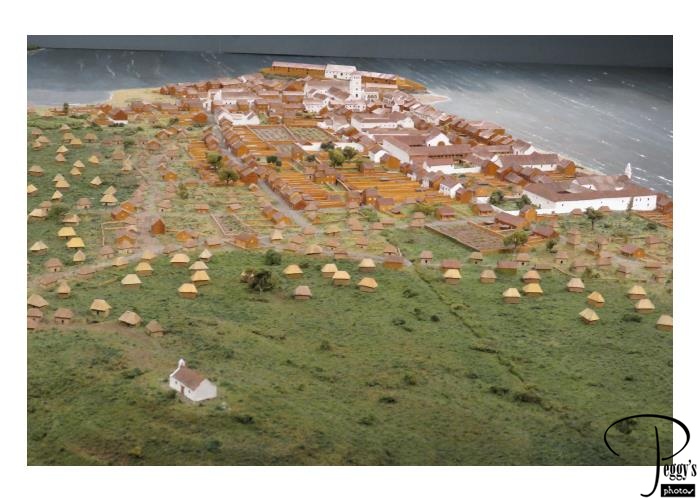
Day 2: Our first visit on our tour was to Panama Viejo (Old Panama), the ruins of the first Panama city. Panama Viejo was founded in 1519 by the Spaniard Pedro Arias Davila and 100 others. By 1670, its population was 10,000. In 1671, the Welsh pirate Henry Morgan attacked the city with 1,400 men and burned the city and sacked it. The photo shows a mockup of what Panama Viejo had looked like before it was destroyed.

Panama Viejo
Museo de la Plaza Mayor
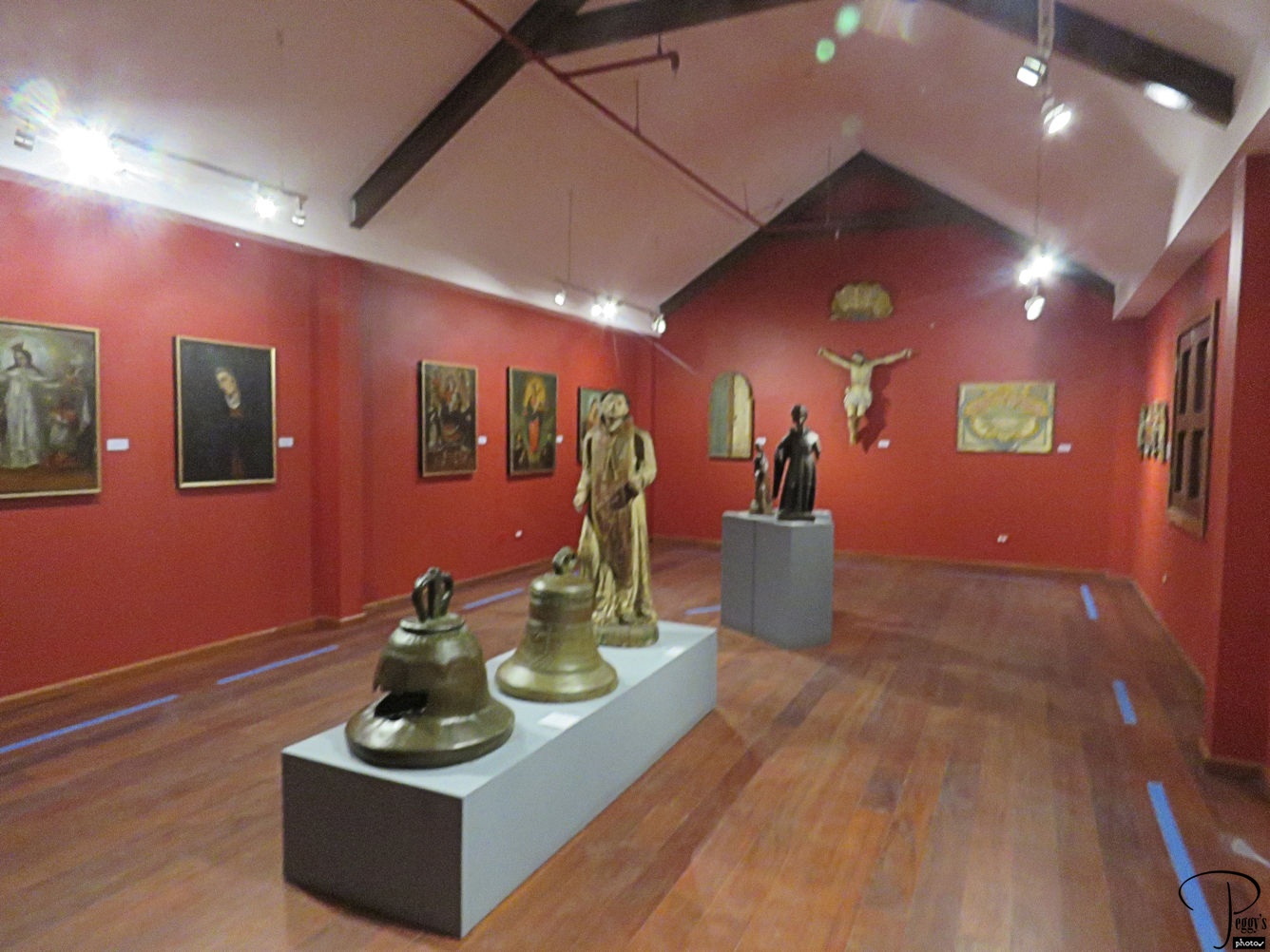
The Museo de la Plaza Mayor was at the Panama Viejo site. The museum contained displays of and some artifacts from the ruined city and also this room of 18th–century Spanish religious art.

Museo de la Plaza Mayor
Arcangel San Rafael
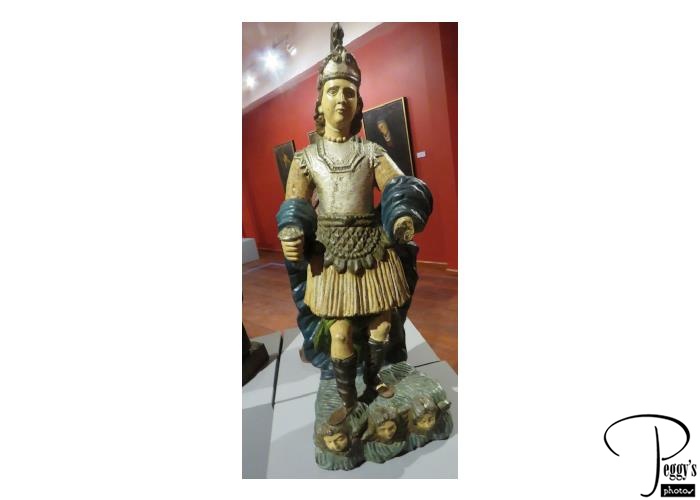
One of the religious items––of Arcangel San Rafael.

Arcangel San Rafael
Cathedral of Panama Viejo
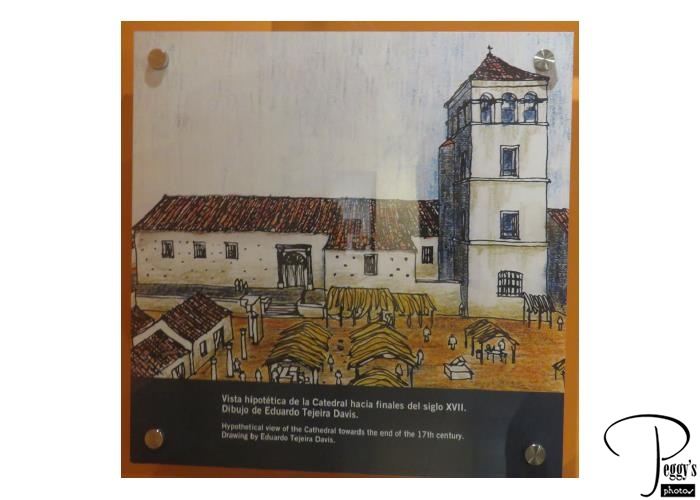
The museum had this painting of what the Cathedral of Panama Viejo had looked like before it was mostly destroyed.

Cathedral of Panama Viejo
Cathedral of Panama Viejo
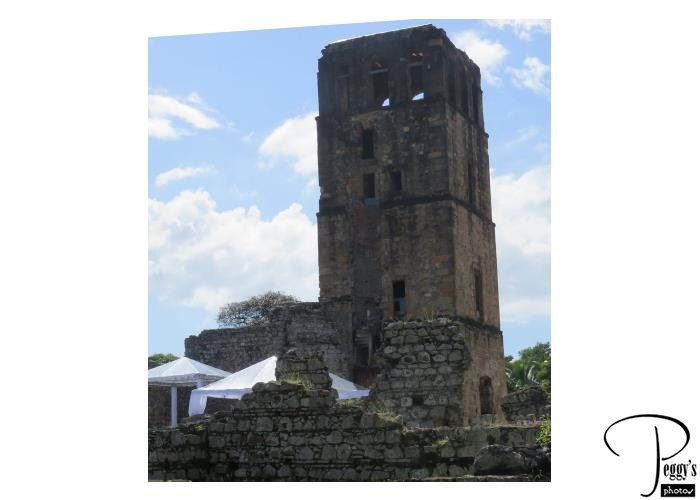
What the Cathedral of Panama Viejo looks like today.

Cathedral of Panama Viejo
Ruins of Panama Viejo
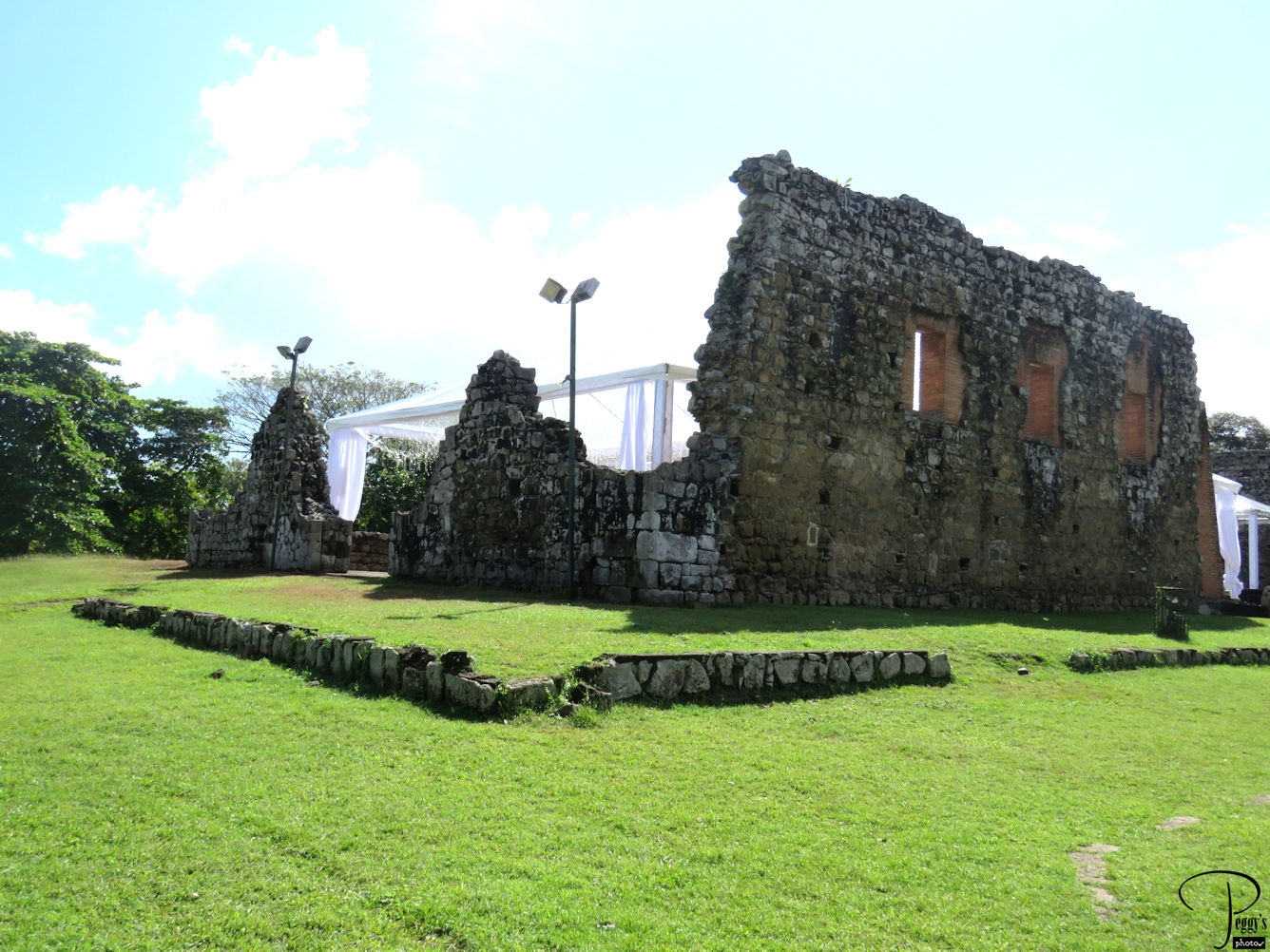
Some of the ruins of Panama Viejo. There were many ruins of houses, convents, chapels, a hospital, and government buildings.
I have put my photos of Panama Viejo on a slide show. Go to
http://www.peggysphotos.com/panama–viejo/
(Slide Shows, Central America, Panama, “Panama Viejo”).

Ruins of Panama Viejo
Panama City
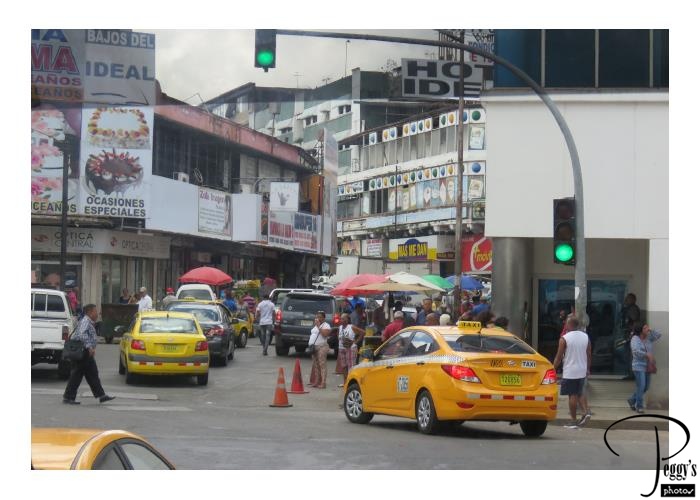
The area of Panama City, away from the modern skyscrapers, where the locals shop and live.

Panama City
Casco Viego
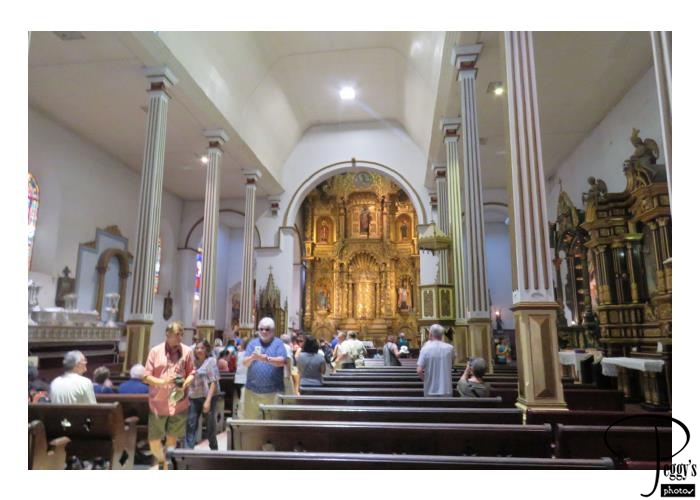
Our next stop was at Casco Viego (Old Quarter), which was the new Panama city after Panama Viego was burned down. It started being built in 1673. We visited the Iglesia San Jose. Its altar survived the sacking of Panama Viejo. It is made of mahogany and is covered by gold leaf and paint.

Casco Viego
Plaza de la Independencia
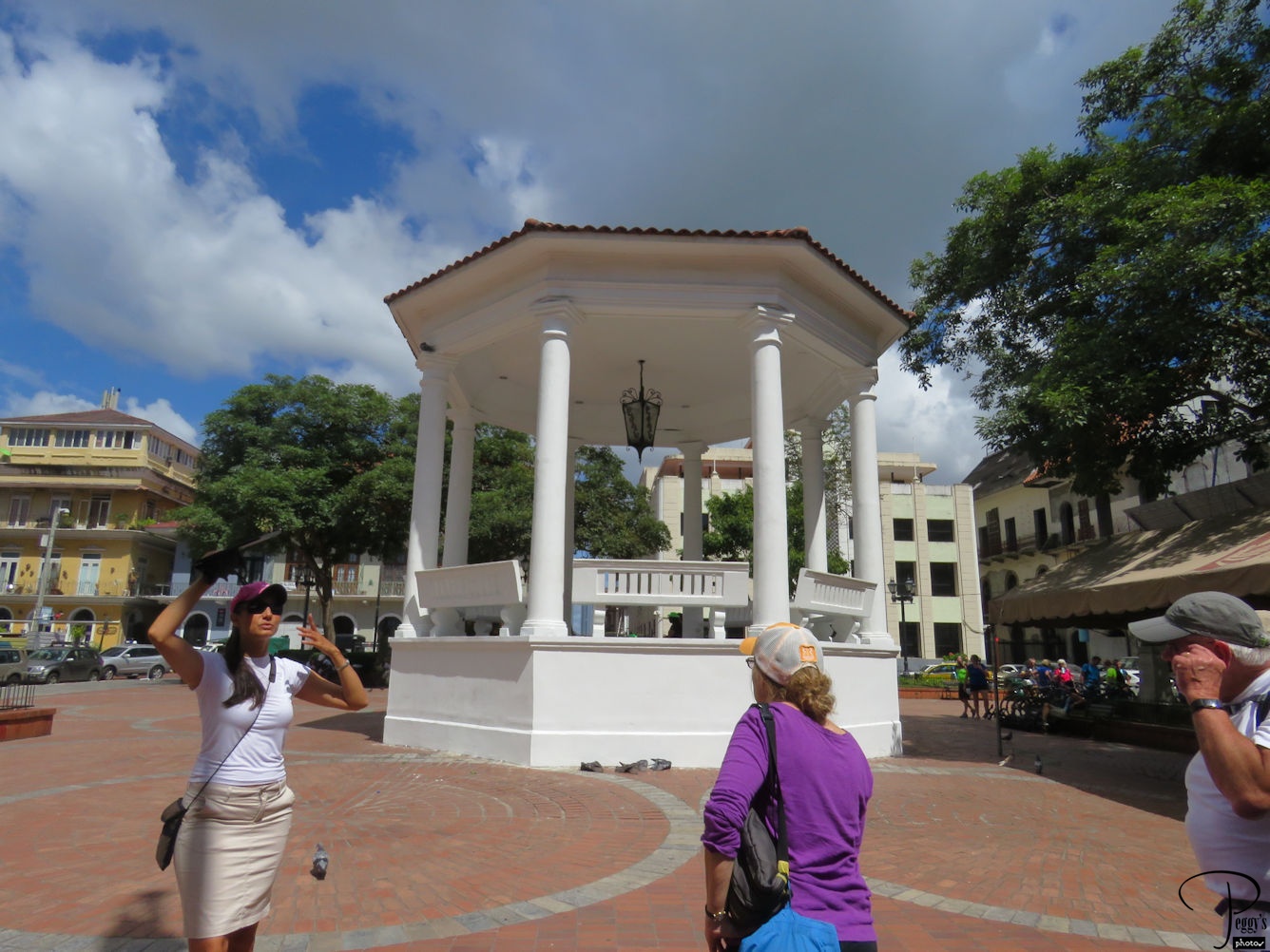
On the Plaza de la Independencia, also known as Plaza Catedral and Plaza Mayor. Yani, our tour director, is on the left. Yani lives in Mexico and used to do the Caravan tours in that country before Caravan discontinued them. Now she does the Panama tours.

Plaza de la Independencia
Colonial Buildings
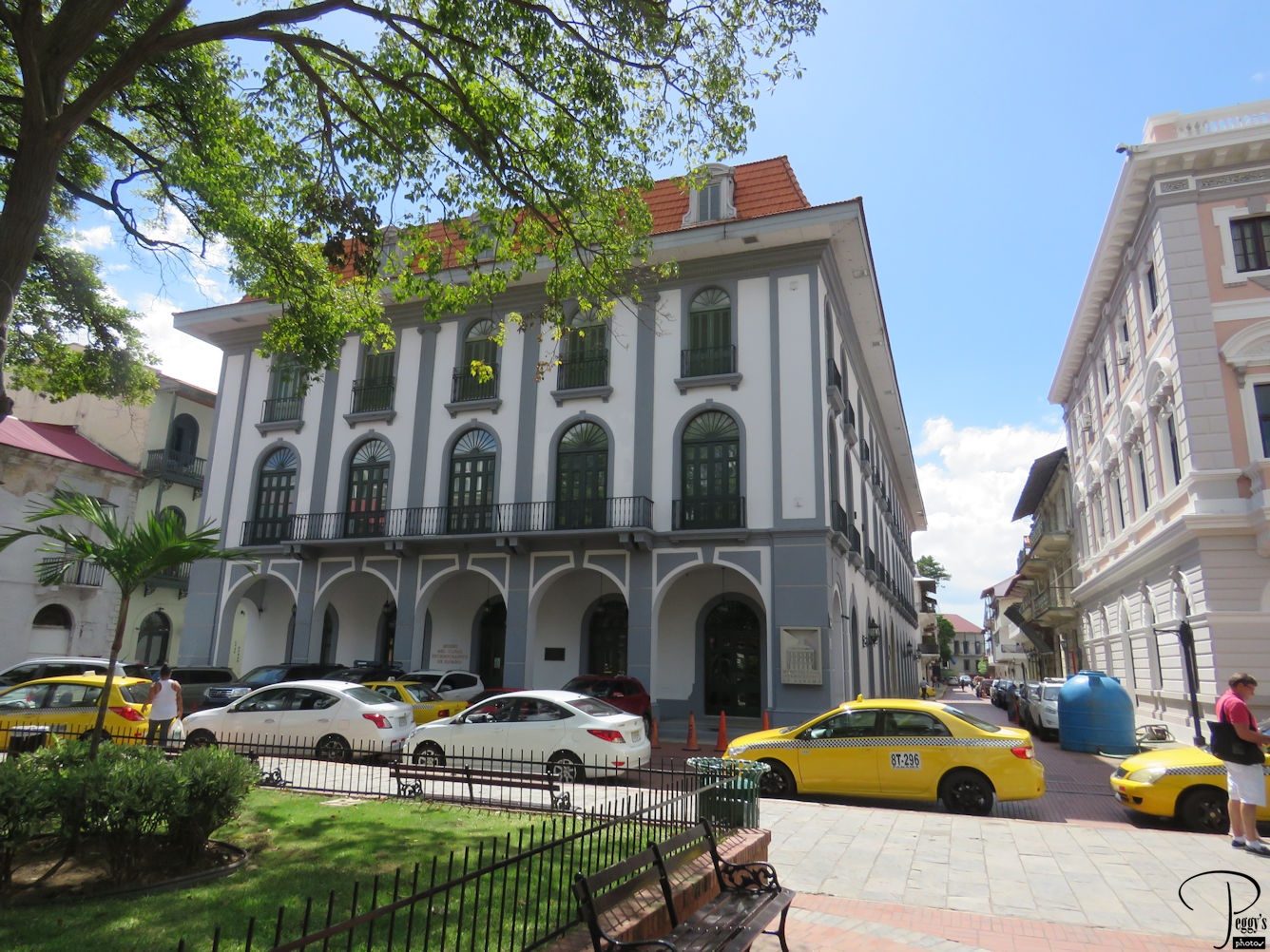
Colonial buildings in Casco Viego.

Colonial Buildings
Colonial Buildings
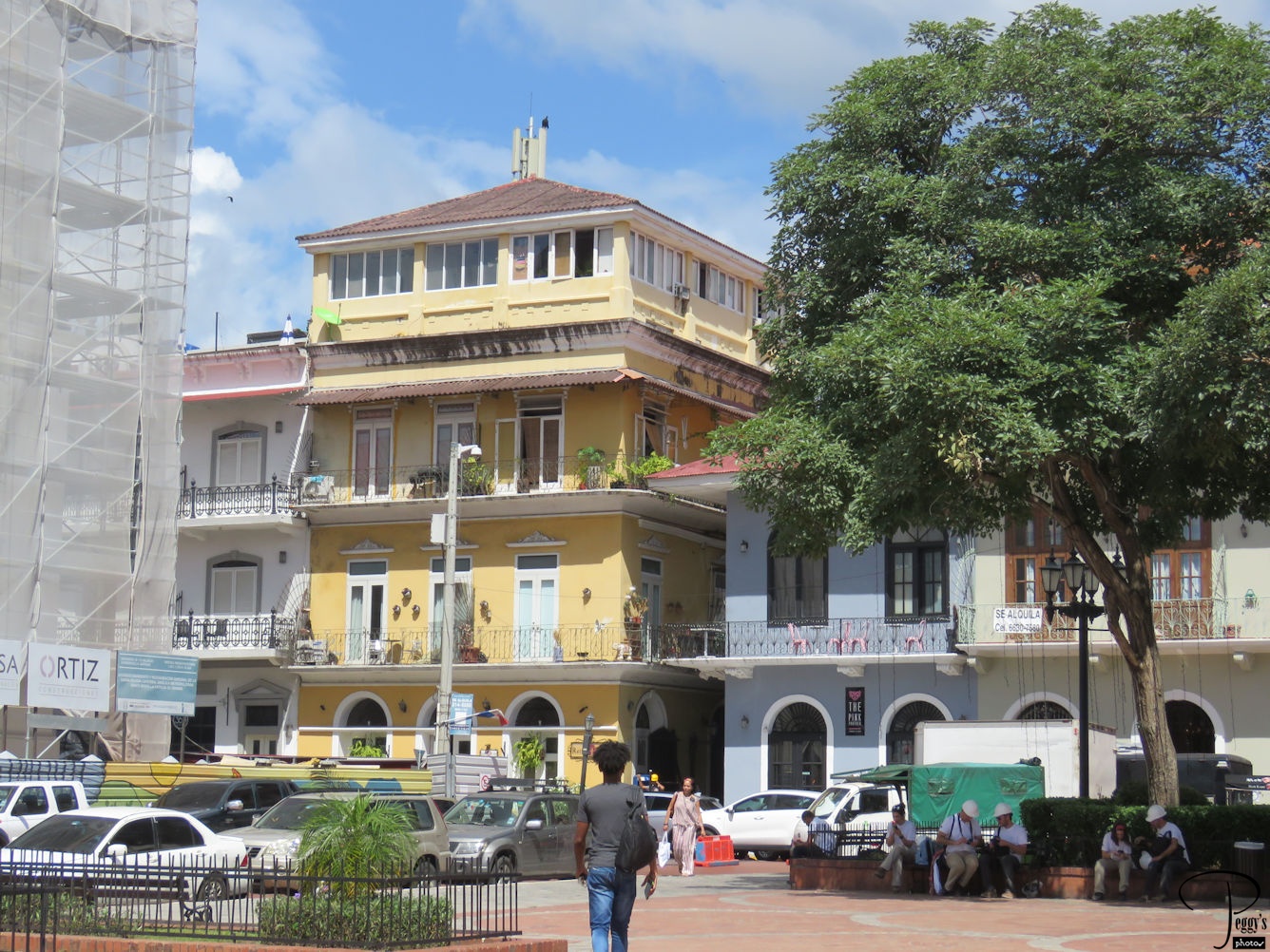
More colonial buildings on the plaza. We didn’t see all of Casco Viego. One of my tour mates had arrived early yesterday morning and arranged with a taxi driver to take him here and drive him around––the driver charged him only $30. It might be worth arranging a more extensive tour of Casco Viego if you have the time.

Colonial Buildings
Making Granizadas–MOVIE
The movie is of the process of making granizadas (shaved ice with various toppings such as syrups, fruits, condensed milk, and cooked fruits. The granizadas were being made on the Plaza de la Independencia in Casco Viejo.
Youtube: https://youtu.be/y0q6ps3gIUo

Making Granizadas–MOVIE
F&F Tower
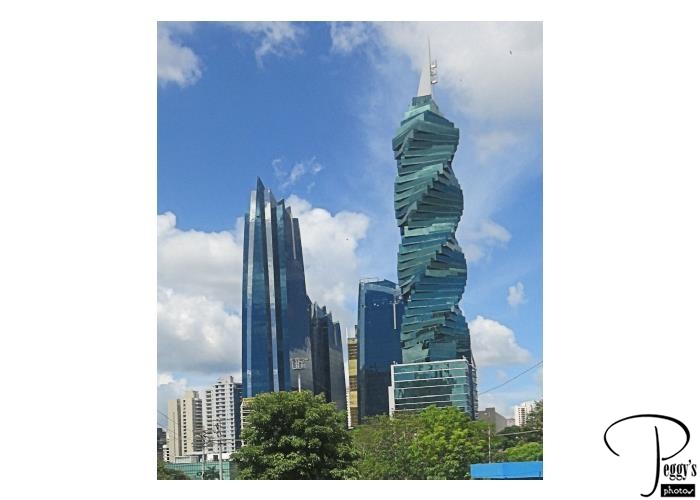
Seen going back to our hotel for lunch, the spectacular F&F Tower on the right.

F&F Tower
Simon Bolivar Statue

I remember Yani, our tour director, saying that this was a statue of Simon Bolivar, the liberator of Venezuela, Bolivia, Colombia, Ecuador, Peru, and Panama from Spanish rule. When free from the Spanish in 1821, Panama joined the Republic of Gran Colombia, a union of Nueva Granada, Ecuador, Venezuela, and Panama. Gran Colombia dissolved in 1832 and Panama and Nueva Granada became the Republic of Colombia. Panama seceded from Colombia in 1903, allowing the Panama Canal to be built.
I have put my photos of Panama City and Casco Viego on a slideshow. Go to
http://www.peggysphotos.com/panama–city–tour–casco–viego/
(Slide Shows, Central America, Panama, “Panama City Tour––Casco Viego”).

Simon Bolivar Statue
Isthmus of Panama
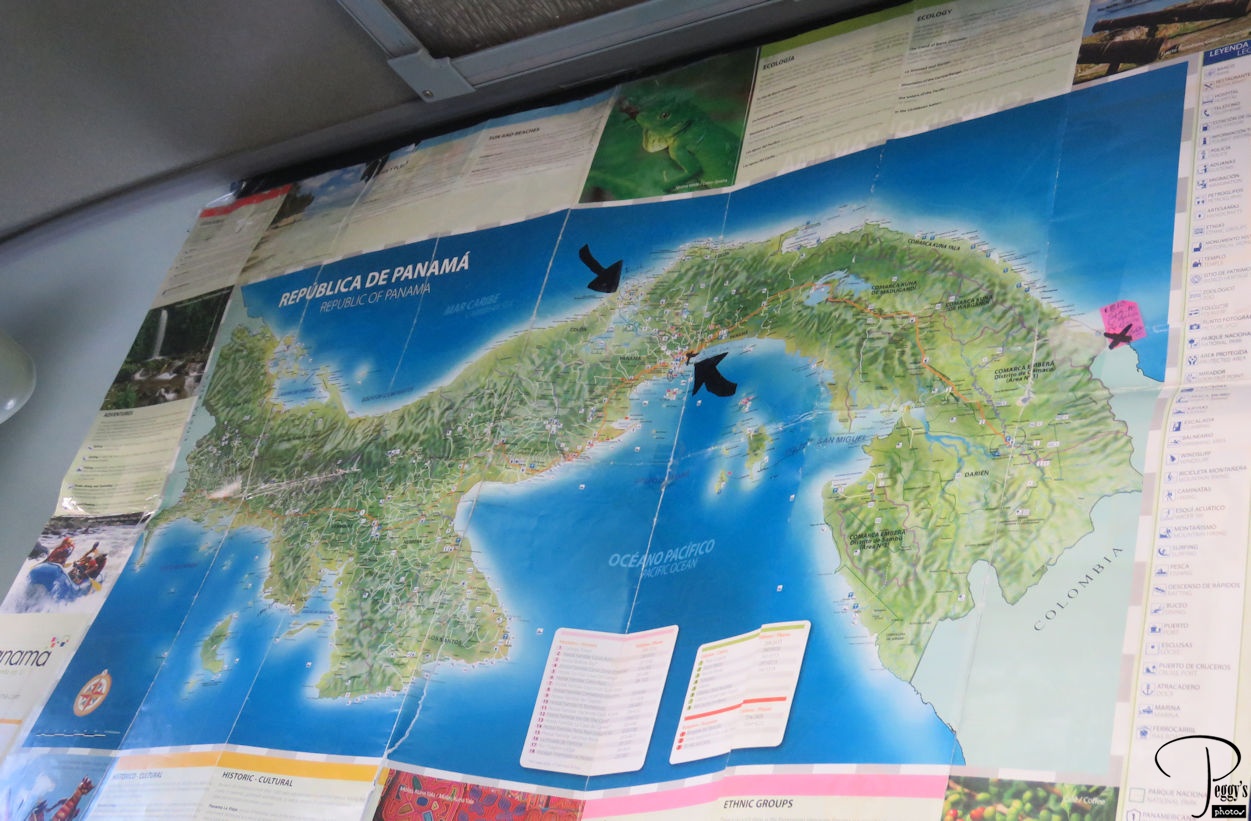
The Isthmus of Panama is a narrow strip of land lying between the Atlantic Ocean (the Caribbean Sea) and the Pacific Ocean (the Gulf of Panama). It is also known as the Isthmus of Darien. The black arrows in the photo indicate where the Panama Canal was built. The United States took over the project of building the canal in 1904 after France disbanded building it. The canal opened in 1914 and the U.S. controlled the canal and the Panama Canal Zone until 1977 when the Torrijos–Carter Treaties gave, first, joint control to the U.S. and Panama and, second, full Panama control in 1999.

Isthmus of Panama
Miraflores Locks–1911

A postcard of the Miraflores Locks in 1911 being built. The Miraflores locks are the last locks going from the Atlantic Ocean to the Pacific Ocean.

Miraflores Locks–1911
Miraflores Locks–1912

A postcard showing the lower Miraflores Locks being built in 1912.

Miraflores Locks–1912
Miraflores Locks–2018
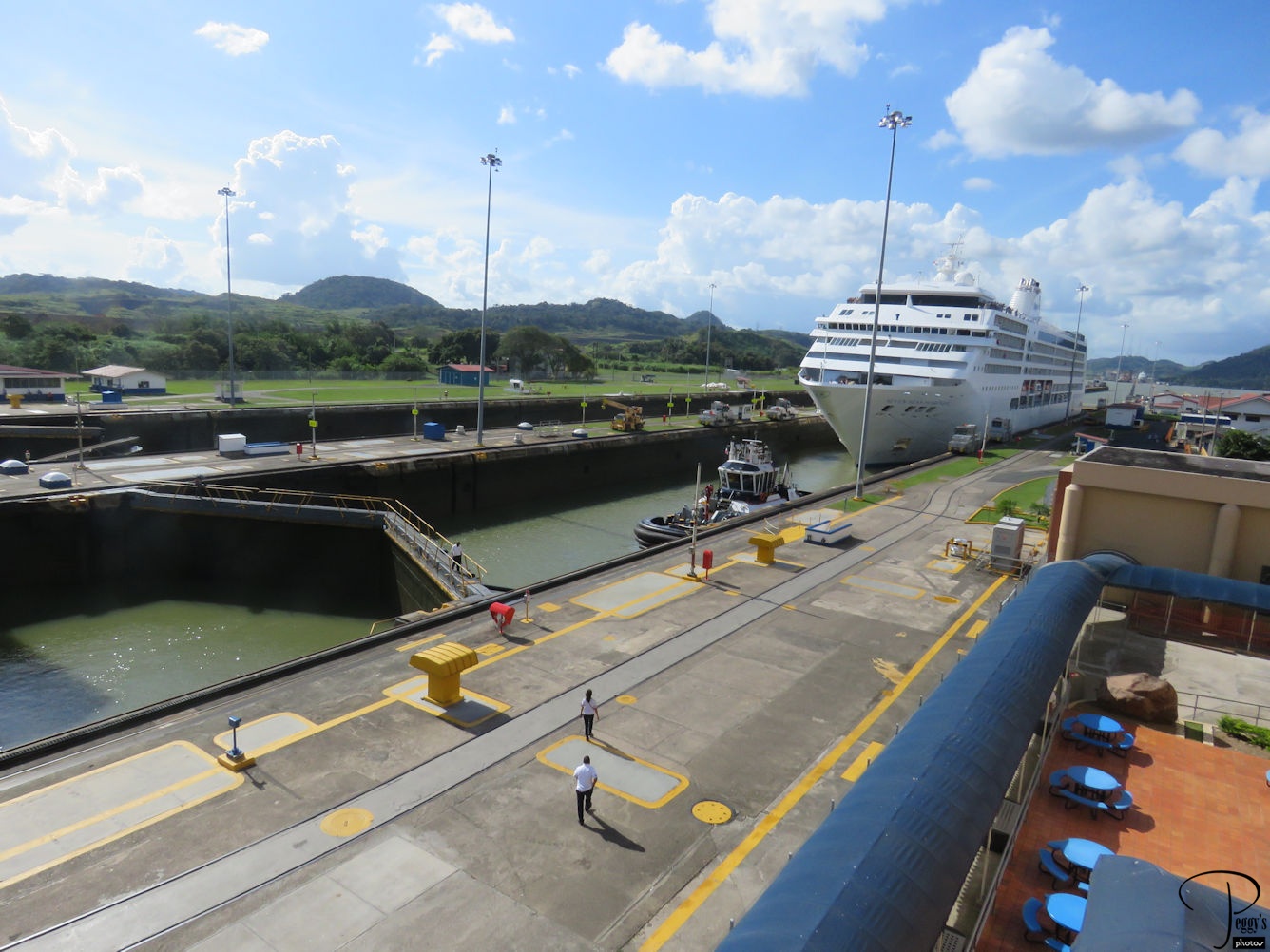
View of the Miraflores Locks from an observation platform. We watched two ships pass through the locks––one a cruise ship and one a car–carrying cargo ship. Going from the Atlantic Ocean, there are three sets of locks: the Gatun Locks, with three chambers to go through; the Pedro Miguel Locks, with three chambers; and the Miraflores Locks, with two chambers. It can take 20–30 hours to transit the 50–mile (80.5 km) canal as ships have to wait their turn to go through the canal and going through the locks is a very slow process. Fees for container ships are based on the ship’s capacity and how many containers they are carrying. The fees can range from about $400,000 to up to $1,000,000. For cruise ships, the rate is based on its number of occupied and unoccupied births. These fees can run probably from $250,000 up.
I have put my photos of the Miraflores Locks on a slideshow. Go to
http://www.peggysphotos.com/panama–canal–miraflores–locks/
(Slide Shows, Central America, Panama, “Panama Canal: Miraflores Locks”).

Miraflores Locks–2018
Miraflores Locks–MOVIE
A movie of the Seven Seas Mariner cruise ship going from the first chamber of the Miraflores Locks into the second chamber.
Youtube: https://youtu.be/aVn6lMStb50

Miraflores Locks–MOVIE
Pedro Miguel Locks

A postcard of the Pedro Miguel Locks, the middle set of locks.

Pedro Miguel Locks
Gatun Locks

A postcard of the Gatun Locks, the first set of locks from the Atlantic Ocean.

Gatun Locks
Panamanian Dancers-1–MOVIE
After dinner this evening, we were treated to a Panamanian dancing show.

Panamanian Dancers-1–MOVIE
Panamanian Dancers-2–MOVIE
More of the dancers.
